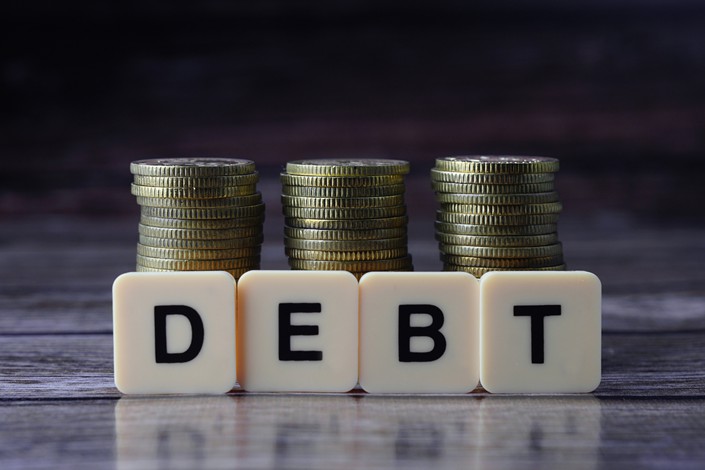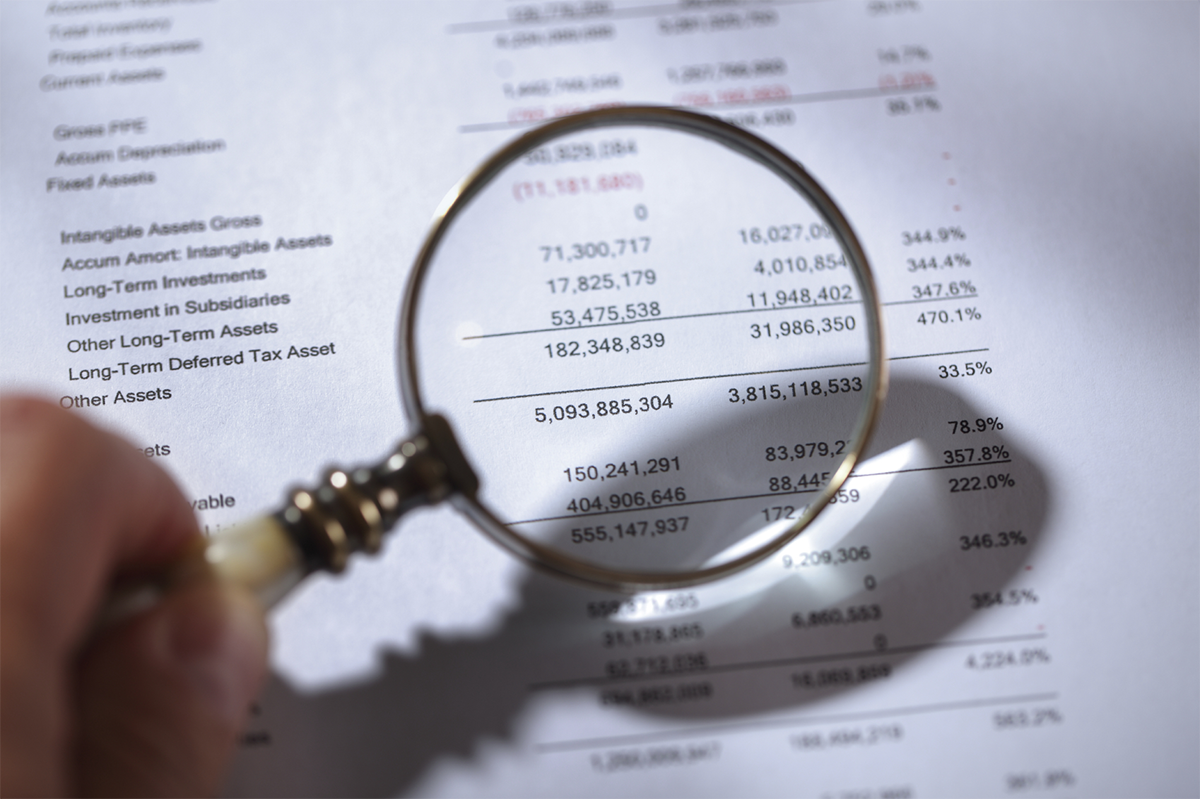When it comes to evaluating a company’s financial health, reading a balance sheet is critical. One of the three major financial statements is the balance sheet, often known as the statement of financial status. A financial statement describes a company’s financial situation at a certain point in time. The balance sheet differs from the other main financial statements in that it depicts the flow of money via different accounts over time.
The balance sheet is generally seen as the most essential of the three statements since it may be used to assess a company’s health and long-term viability. When performing credit analysis, a lender, for example, considers the balance sheet’s strength before evaluating if the cash flows are sufficient to cover the loan. As a result, keeping a solid and healthy balance sheet is a continual priority.
Therefore, the balance sheet’s structure and how to understand different elements of the balance sheet are described in the following sections. They also go through how to interpret the notes and the essential links between the other statements and the balance sheet.
The following are the major components of a balance sheet:
- Fixed assets
- Tangible assets
- Current assets
- Stocks
- Debtors
- Cash at the bank and in hand
- Total current assets
- Creditors: amounts falling due within one year
- Net current assets/(liabilities)
- Total assets less current liabilities
- Creditors: sums due after a period of more than one year
- Provision for liabilities
- Net assets
- Capital and reserves
- Called up share capital
- Profit and loss account
- Shareholders’ funds
Is it important to read or understand a balance sheet?
To read a balance sheet, you must first comprehend its further, components and what the reported statistics reveal about your company’s health.

Without a question, understanding your company’s financial sheet is critical. Our mission is to guarantee that technical accounting concepts, facts, and numbers are explained to clients in clear English and practical terms. As a result, our clients receive vital information without becoming perplexed or bored!
Isn’t it true that the balance sheet is only relevant for year-end accounting?
Tangible assets, goodwill, shareholders’ money, and net asset value are frequently determined just once a year, and often many months after the year-end. You would want to see it at least quarterly, if not monthly if it was significant.
However, a few figures are quite valuable when running a small business or analyzing the books of your rivals.
The things most closely associated with cash (and even cash itself), such as working capital and debt, are the ones to keep an eye on.
Debt:
The World Economic Forum has a long-term debt of roughly $114 million on its books. The notes once again clarify the nature of the long-term debt. The business grew from a $250 million credit facility, according to the papers.

Furthermore, the loan interest rate is 5.45 percent, which is higher than the previous year’s rate of 4.56 percent. It indicates that the company’s credit risk has grown, as seen by the higher debt-to-capital ratio.
Because there is no need to pay HMRC or suppliers before you need to, many healthy businesses may have a reasonably significant current creditor balance. Therefore, here are a few simple checks to determine if these debt components appear to be in good shape:
- Creditors of taxation: Calculate the usual outstanding PAYE bill by adding 45 percent of the yearly employee costs divided by 12 and then adding the current company tax bill (from the P+L). You may also try to estimate the typical VAT bill by subtracting yearly income from total costs (excluding property and workers) multiplied by 20% divided by 4. If all of this adds up to around the same figure as the balance sheet, that is approximate, what you would anticipate for a typically running business.
- Creditors in the trade: Divide the amount into the accounts by the total costs excluding property and workers, and then multiply by 365. This will give you an indication of how long the firm takes to pay invoices. If it is about 30 days, that is quite standard.
- Loans from a bank: After you have totaled up your bank debt, both current and long-term, you will need to compare it to your EBITDA. Banks used to lend 5–6 times EBITDA, but in today’s environment, small business financing seldom exceeds 2.25 times EBITDA. Any longer and EBITDA may be lower than expected when the loan was taken out.
Is your business at risk of going into debt?
The balance sheet may be a valuable indicator of the stability of your financial situation since it provides insight into debt and its influence on your corporation. It accomplishes this by providing you with an estimate of your net debt situation. Subtract cash and cash equivalents from your total liabilities to arrive at this figure.
A ‘net debt situation’ is when you have more debt than cash. However, if your balance sheet shows that, you have more cash than debt; your company is referred to have ‘net cash.’
Is it necessary to be concerned if you have a net debt position? Certainly not.
It is possible that you are borrowing or investing funds to fund expansion, complete a critical project, or raise stock or other resources to capitalize on a significant market opportunity.
Moreover, because of the recent epidemic, your debt may have arisen due to events beyond your control, rather than bad financial management. Excessive debt, on the other hand, may be harmful, especially if debt levels remain high for a long time or abruptly grow.
Comparing your debt level to that of similar-sized firms in your sector is a good method to analyze your debt situation. Debt levels vary widely by industry, so do not draw easy comparisons with other small and medium enterprises.
You may also incorporate a useful ratio to evaluate your debt situation. Divide your EBITDA (profits before interest, taxes, depreciation, and amortization) by the total debt on your balance sheet. The debt-to-earnings ratio shows how much debt your company has in comparison to its earnings. You may use that ratio is used to evaluate your position to that of other companies in your industry.
Do I need an accountant to file my balance sheet as a small business owner?

Balance sheets may be frightening, especially if you do not have any accounting experience. It is worthwhile to engage the assistance of an accountant, either to get you started or to save you time and effort.
Accountants can assist you in determining what constitutes an asset, liability, or equity. They can also search for any mistakes, miscalculations, or missing data if you are having problems balancing your statement. Balance sheets are something that every small firm should get properly, because even a minor inaccuracy may quickly compound.
Take action instantly:
Understanding a balance sheet is a crucial part of operating a business, but it is just as important to act on what you learn. This is especially crucial if you find yourself in a bad debt situation.
If your clients owe you a big sum of money, for example, this affects your financial position; therefore, you should try to enforce stricter payment conditions. Similarly, you should try to negotiate the best terms with your suppliers.
That is a basic initial step, but an expert accountant can assist you in taking it a step further and using the balance sheet to gain even more insight into your financial situation. You can find opportunities to enhance your business and/or reduce risk by comprehending the numbers and using the knowledge to take action.
You can get assistance from CBM Accounting:
It can be difficult and time-consuming to decipher all of the data on a balance sheet. Our small company accountants have a lot of expertise in assisting businesses with balance sheet creation and analysis. You may also use our fast accounting quotation or contact us if you would like to set up a company valuation. Furthermore, get in touch with CBM Accounting to get more advice about balance sheet creation.


